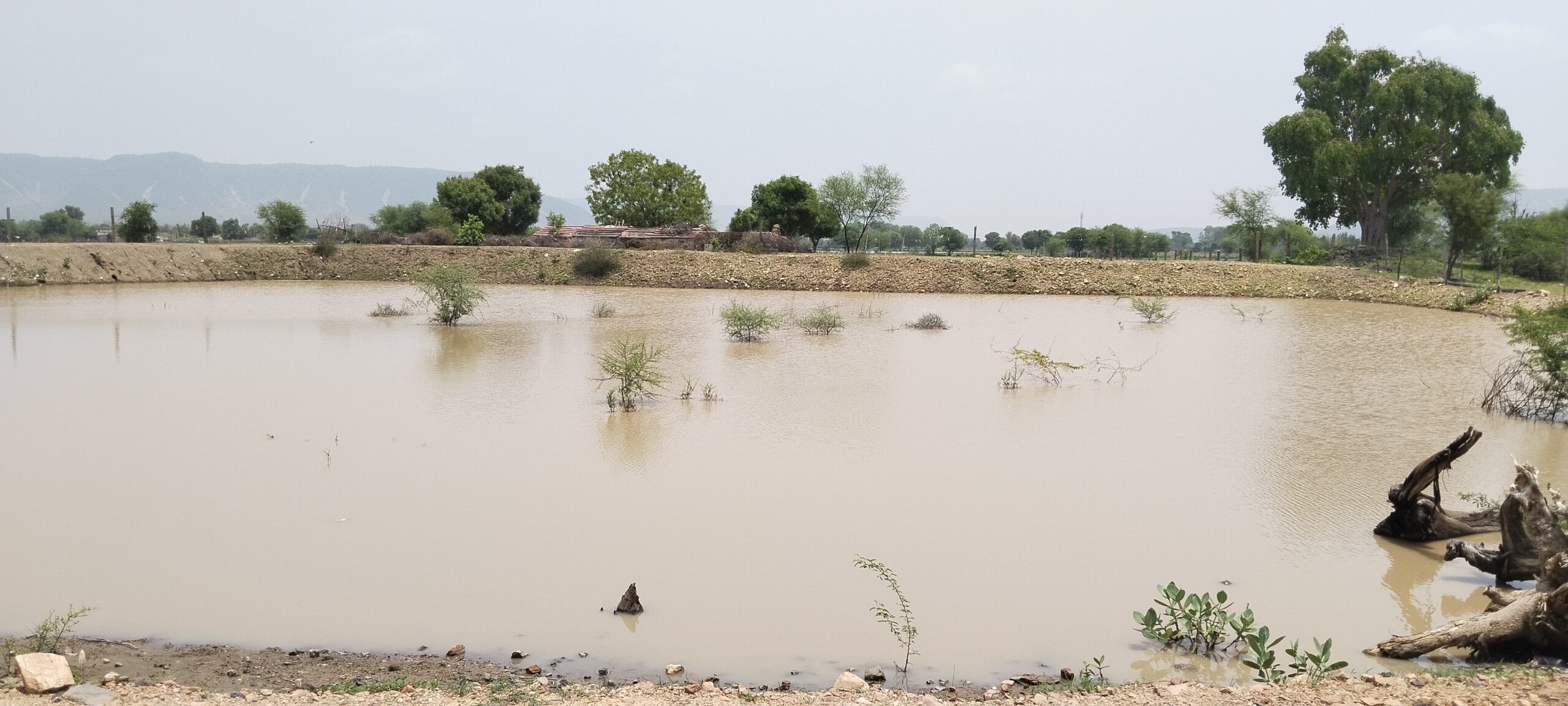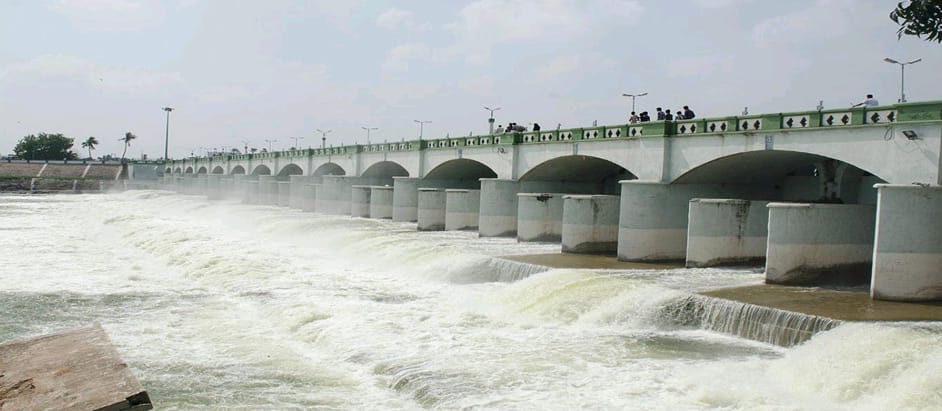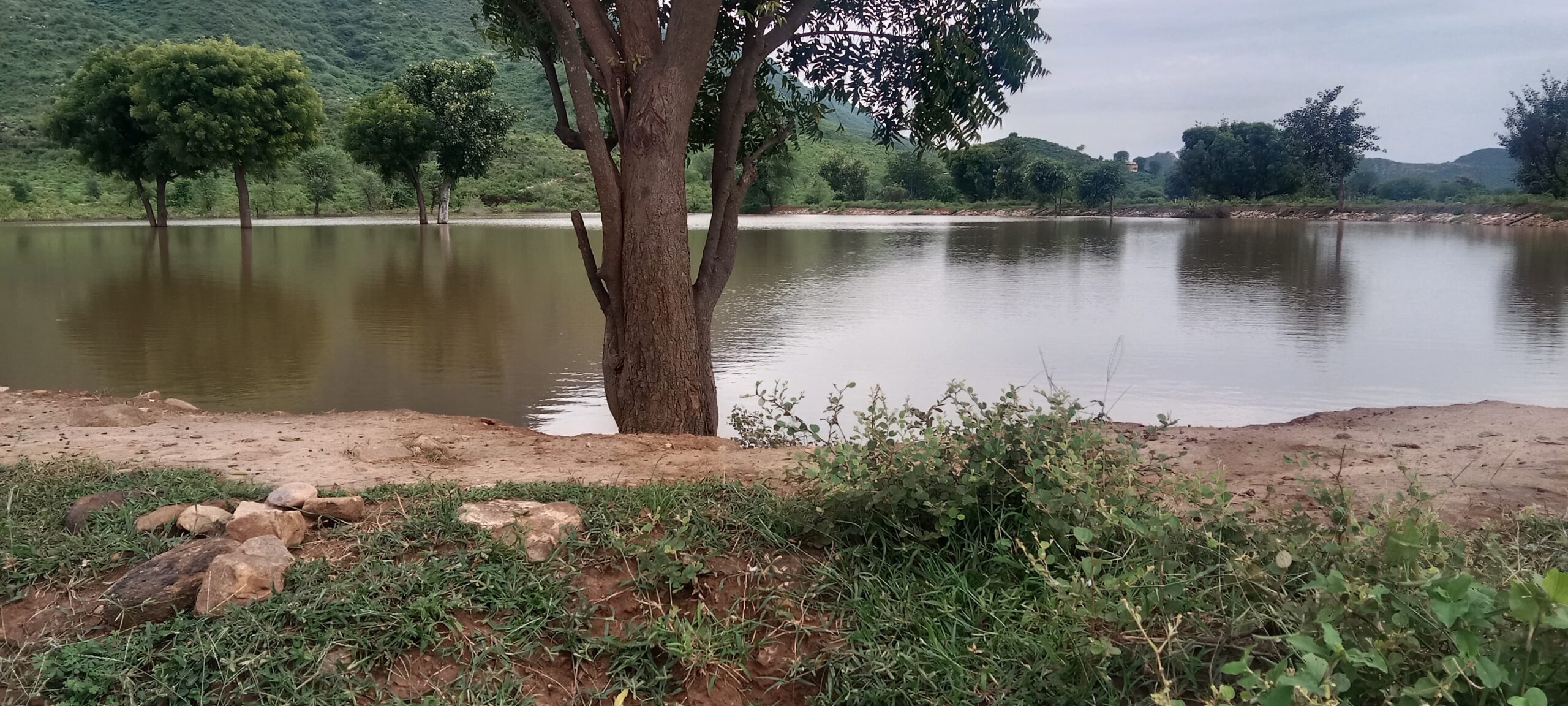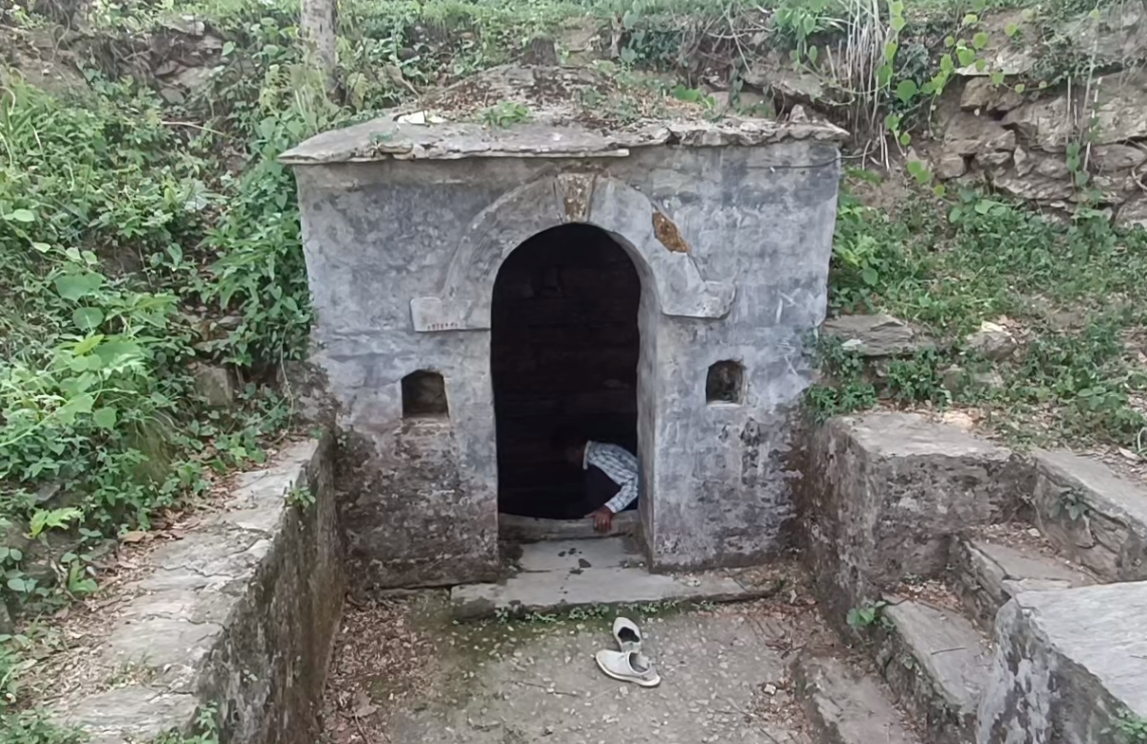A very warm greeting to all those who respect and appreciate the remarkable work of Anupam Ji. Whenever the topic of ponds comes up, the name of Anupam Ji naturally follows, and with that name, an image of a pond is evoked.
Anupam Ji presented the relationship between water, ponds, and society in an accessible way. The book is not just about ponds—it is a guide to resolving many water-related challenges faced by society. Anupam Ji did not see the pond merely as a water storage unit, but as a solution to various societal issues, and that understanding led to the writing of this transformative book.
He used to tell us in conversations that farmers do not need free schemes from the government. What they need is to understand how God sweetens the salty water of the sea and brings it to their fields. Whatever rain falls in a farmer’s field is his share of fortune. Preserve it by building a pond in the same field. It will retain both water and soil. It is the unrestrained flow of these two that has led farmers into poverty. Every issue faced by the farmer—and by society—has a solution in ponds. If water is held, so is soil. This means better crops, improved economic conditions, and independence from government schemes. Ponds are the key to freeing farmers from the dependence on government aid.


In 1997, driven by the desire to serve rural communities, I began visiting Valni village. At the time, I had no clear idea of what to do. Then, a friend gifted me “Aaj Bhi Khare Hain Talab”. After reading it, I found a direction for my life. By coincidence, Anupam Ji visited Nagpur around the same time. We took him to Valni village, where he spoke to us about the importance and necessity of ponds.
During our first meeting, he told us two important things:
- “If in your life you can help even one village to develop, consider yourself blessed. Never aim to transform ten, twenty, or fifty villages all at once.”
- “Never do social service with donation money.”
Initially, his words seemed odd. Everywhere we looked, organizations were working in dozens of villages, constructing thousands of ponds with donated funds. Yet, we were told not to follow that path—and weren’t even told what to do instead. We searched for answers.
In 2006, a solution emerged. I run a motor parts business. One day, a customer who owned JCB machines and trucks visited our shop. I asked him the rental rate for his equipment—he said it was Rs. 10,000 for 8 hours. In that time, 40 truckloads of soil could be excavated from a pond and reused in fields.
That same evening, we called a meeting with farmers and explained how years of erosion had silted up our ponds. They were now dead. But we could revive them for just Rs. 250 per truck of soil. That same soil would double their crop yields. The farmers understood and agreed. Soon, we raised Rs. 8 lakhs. Each farmer paid for a number of truckloads, and that exact amount of soil was delivered to their fields. Without any government aid, we deepened the pond and boosted our harvests. We called Anupam Ji to share the news, and he published the story in Gandhi Marg and gave us his blessings.
Another incident occurred in 2010. A contractor came to our village with a contract to build a road over 6 kilometres. He planned to extract soil, stone, and gravel from government land within our village. Our sarpanch and villagers objected, explaining that the intended site was a highland area, and excavation would harm our environment without benefiting us.
Instead, we offered him another government plot—one that, if excavated, would create a pond while providing him the material for the road. The contractor hesitated, saying such work required official permission and that the government would never allow it. The sarpanch confidently told him: “In our village, we are the government. We don’t need the collector’s permission—we’ll give you written consent.”
He agreed. With written consent from the villagers, the contractor operated for three months, extracting thousands of truckloads of material to build the road—and in doing so, a massive pond was created in our village.
This work was done during the summer. When monsoon arrived, the pond filled completely. Villagers said, “We’ve seen this much water in our village for the first time in 200 years.” The contractor was overjoyed. He brought a Public Works officer, B.L. Kadu, to witness it. A meeting was held with villagers, where the contractor shared how community cooperation not only led to a road but also to the creation of a large pond. Many wells in the area began to replenish.
Later, at a national Road Conference organized by the PWD department in Pune, attended by engineers and contractors from across the country, Mr. Kadu presented a paper on Valni village. He highlighted how community wisdom and contractor support created both a road and a pond. Minister Nitin Gadkari, who was present, was so inspired that he immediately announced the Jal Sarovar Yojana at the central level. He instructed departments and contractors nationwide to avoid cutting hills and instead identify areas near villages where both roads and ponds could be built.
Anupam Ji published this story in Gandhi Marg in February 2012. We soon forgot about it—but in the last few years, Nitin Gadkari himself has been promoting this model in the media. He has proudly shared how his department has created thousands of ponds across the country. The NITI Aayog has praised this initiative and is working to replicate it nationwide.
Thus, the Valni Model is now being implemented across the country. It’s exactly what Anupam Ji had said: ponds can be created without money. At the time, I didn’t understand what he meant—but now I do. If villagers act wisely and collaborate with contractors, nothing can stop true development. When progress is guided by prudence, the results are remarkable. We are seeing many such examples now.
One day, I asked Anupam Ji, “Why are ponds disappearing?” In 1952, India had 2.5 million ponds. Today, that number is just 250,000. Why have we become so indifferent toward them?
He said, “Ponds are being devoured by the demon of electricity.” We didn’t understand at first. He explained: As electricity reached farms, borewells became common and the need for ponds diminished. Water was easily pumped from the ground. But this water was not theirs to take—it had been accumulating underground for millions of years.
“Borewell owners are stealing water,” he said. “It’s not the water they put into the ground—it’s our collective resource, gathered over ages. Rich farmers are using borewells to draw the water that rightfully belongs to all. There is only take and no give. This will last just 10-20 more years. The land, once full of water, is being drained like the body of Bhishma pierced with arrows. Our good fortune is running out.”
He added, “In ten to twenty years, even borewells will dry up—and then we will all be doomed.”
We asked, “What’s the solution?”
He said:
“Every borewell owner must be required to build a pond on 10% of their land.
In cities, those with borewells should make their land available to poor farmers for pond construction.
This way, for every crore of borewells, we’ll have a crore of ponds. And if we build as many ponds as we have borewells, society will never run dry.”
Before this vision could be implemented, we lost Anupam Ji. But slowly, drawing from his writings, we are laying the foundation for a third model to bring “Aaj Bhi Khare Hain Talab” to life. Many friends and allies across India are now working hard to realize his vision.
This speech was delivered by Yogesh Aneja on December 24, 2020, as part of the Anupam Smriti Lecture Series, held from December 19–26, 2020, organized by Janasulan Pustakalaya, Bilaspur.
Translation by Ms. Khushi Dubey, a B.Com (Hons) graduate with a growing love for reading and a deep interest in languages, which led her to learn French. Recently moved by the realities of climate change, she hopes to contribute meaningfully to society through thoughtful and purposeful work. In 2025, she began volunteering by teaching underprivileged children sharing stories about different Indian states and introducing them to the basics of the French language.






Leave a Reply